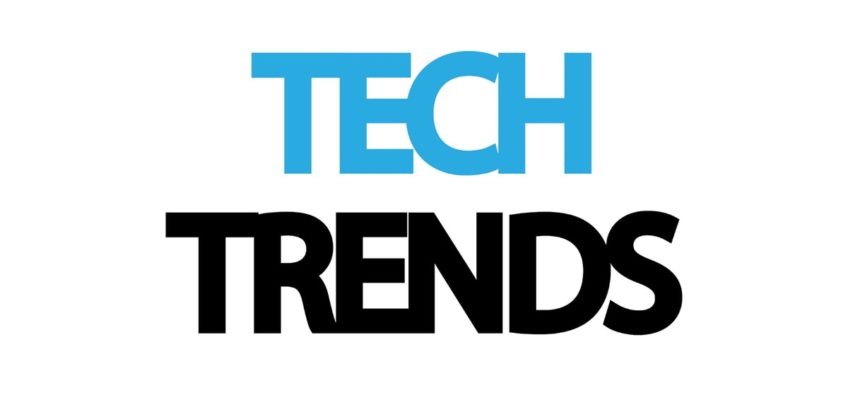The first global functional requirements guidelines document created to introduce and rollout augmented reality (AR) on the manufacturing floor was released this month by the Augmented Reality for Enterprise Alliance (AREA) and UI LABS.
The global AR market is expected to exceed $95 billion USD by 2023, according to a recent Credence Research report. Big Market Research reports that the global augmented reality and virtual reality gear market will grow at a compound annual growth rate of 37.45% between 2017-2021.
“Augmented reality has immense potential to transform manufacturing, and early adopters are seeing impressive productivity and quality improvements,” said Thomas McDermott, executive director of DMDII. “However, wide adoption of this technology requires collaboration among the industrial companies operating on the front lines and the AR providers designing solutions to ensure the technology under development meets the needs of industry.”
Augmented reality superimposes computer-generated content on a user’s view of the real world, using glasses, headsets or tablets to provide a composite view. Unlike virtual reality, which creates a totally artificial environment, AR retains the existing environment and displays new information on top of it.
The global AR market is expected to exceed $95 billion USD Share on XThe guidelines were put together by 65 companies such as Proctor & Gamble, Caterpillar and Lockheed Martin with the aim of helping AR technology companies develop products for industrial users.
“For the first time, industry — both suppliers and users in the AR space — will have access to a benchmark set of requirements that will help them develop a roadmap and source, select, evaluate and deploy augmented reality solutions,” said Mark Sage, executive director of AREA. “These functional requirements will be used to help continue the development of the AR ecosystem.”
These AR functional requirements documents will lead to technology that improves the performance and efficiency for manufacturers in a number of areas, including employee training and safety; factory floor and field services operations; machine assembly, inspection and repair; manufacturing space and product design; and much more.
AR retains the existing environment and displays new information on top of it Share on XThe AREA, a membership-funded alliance helping to accelerate the adoption of enterprise AR, will be responsible for the on-going development, maintenance and updating of the documents produced through this initiative.
The AREA supports innovative companies aspiring to invest in AR Share on XUI LABS has more than 300 members from industry, government, community organizations, and academic and research institutions. It is building a portfolio of applied research and commercialization innovation platforms to improve its partners’ competitiveness and financial performance, and transform industries, bringing University and industry players together with start-ups and government to collaborate on problems too big for any one organization to solve on its own.
“At this stage, the consensus is that we are still several years away from standards. The effort by Procter & Gamble and other organizations is to develop requirements to create an AR ecosystem for enterprises and vendors,” said Jeff LeRoy, Senior Manager, Procter & Gamble.
In February 2014, UI LABS announced the formation of its first innovation platform, the Digital Manufacturing and Design Innovation Institute (DMDII), in partnership with the Department of Defense, to transform American manufacturing through the digitization of the supply chain. DMDII’s goal was to provide U.S. factories with the tools, software and expertise they need to build things more efficiently, less expensively, and more quickly, so they can win more business and bring jobs back to the United States.
The documents address features that include:
- Hardware: Battery Life; Connectivity; Field of View; On-board Storage; On-board Operating System; Environmental; Inputs/Outputs and Safety.
- Software: Authoring; AR Content; Creating 3D Content; Deployment of AR Content and Internet of Things.
The AREA supports innovative companies aspiring to invest in AR who need a better understanding of the tools available, application possibilities, methods of implementation and return on investment. It provides a free and open exchange of best practices, lessons learned, and technological insights which can help enterprises effectively implement AR technology, boost operational efficiency and create long-term benefit.
If you would like to find out how to leverage VR/AR/MR in your enterprise, get in touch about Tech Trends’ Virtual Reality Consultancy services









